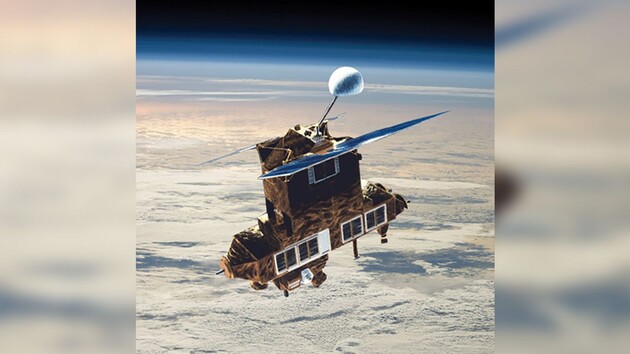The device worked for 21 hours, although it was designed for only two.

NASA's satellite fell to Earth after spending 38 years in orbit, reports CNN. The Earth Radiation Budget Satellite (ERBS) was launched in 1984 aboard the space shuttle Challenger.
It worked until 2005, transmitting data to Earth that helped scientists understand how the planet absorbs and reflects the Sun's energy, and also measured concentrations of ozone, water vapor, nitrogen dioxide and aerosols in the stratosphere.
Read also: SpaceX successfully launched a Ukrainian satellite into orbit
The US Department of Defense confirmed that the satellite entered the Earth's atmosphere on January 8 over the Bering Sea. It was initially unclear whether all its parts would burn up in the atmosphere, the chance that it could cause damage on the ground was estimated as 1 in 9400. But the fall of the device was without problems.
The satellite itself worked much longer than expected. He served 21 hours instead of the two planned. NASA stated that the device's instruments were able to collect data that confirmed the destruction of the Earth's ozone layer.
These data helped form the Montreal Protocol Agreement, which was signed in 1987 by dozens of countries. It allowed a sharp reduction in the worldwide use of ozone-depleting chlorofluorocarbons (CFCs), chemicals that were once widely used in aerosol sprays, refrigeration units, and air conditioners.
Research conducted in 2021 showed that that if the ban on CFCs was not agreed upon, the world would be on the way to the destruction of the ozone layer and additional global warming of 2.5 degrees Celsius by the end of the century.
Related video
Remember, the first in history the launch of space satellites from the territory of Great Britain, which was produced by the Californian company Virgin Orbit, ended in failure. The exact reasons for the failure of the mission are not mentioned.


